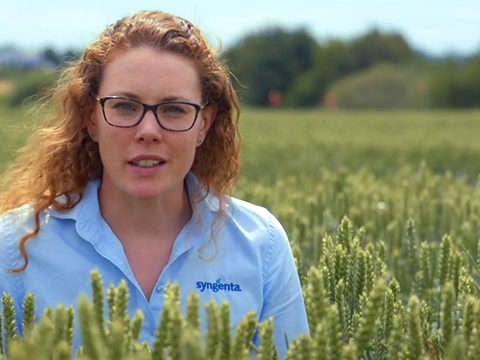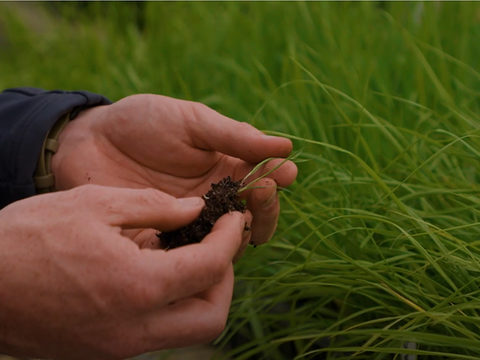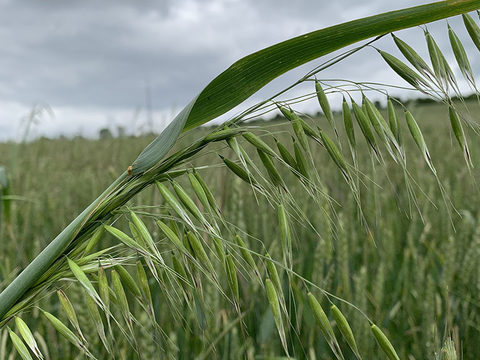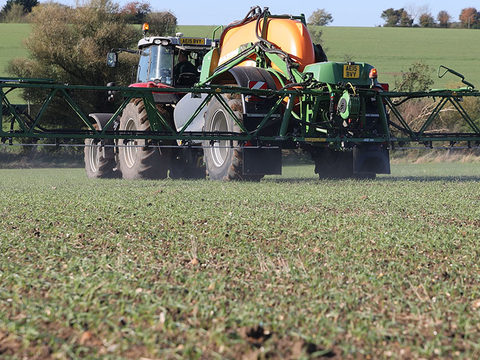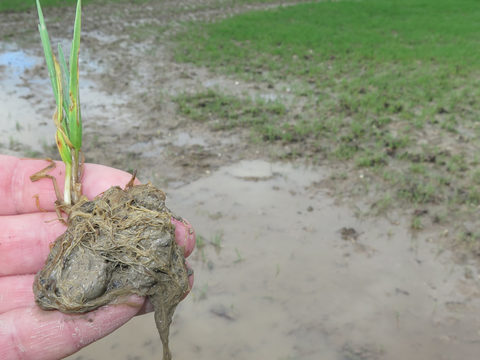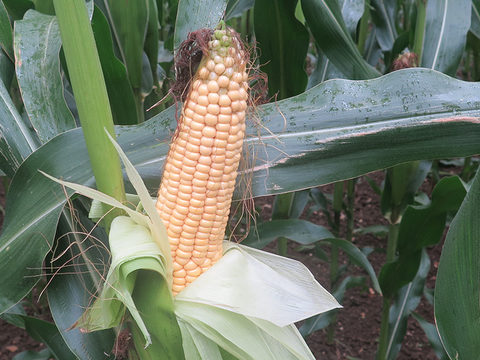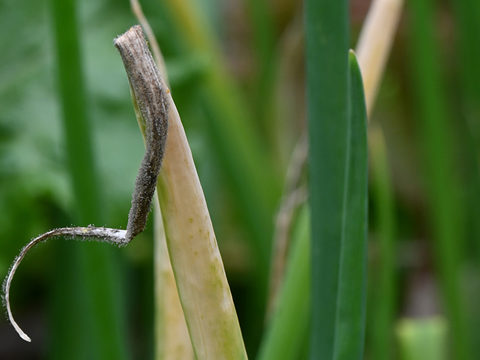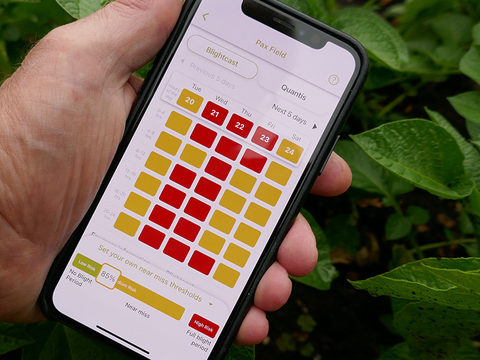Beet the heat with Quantis
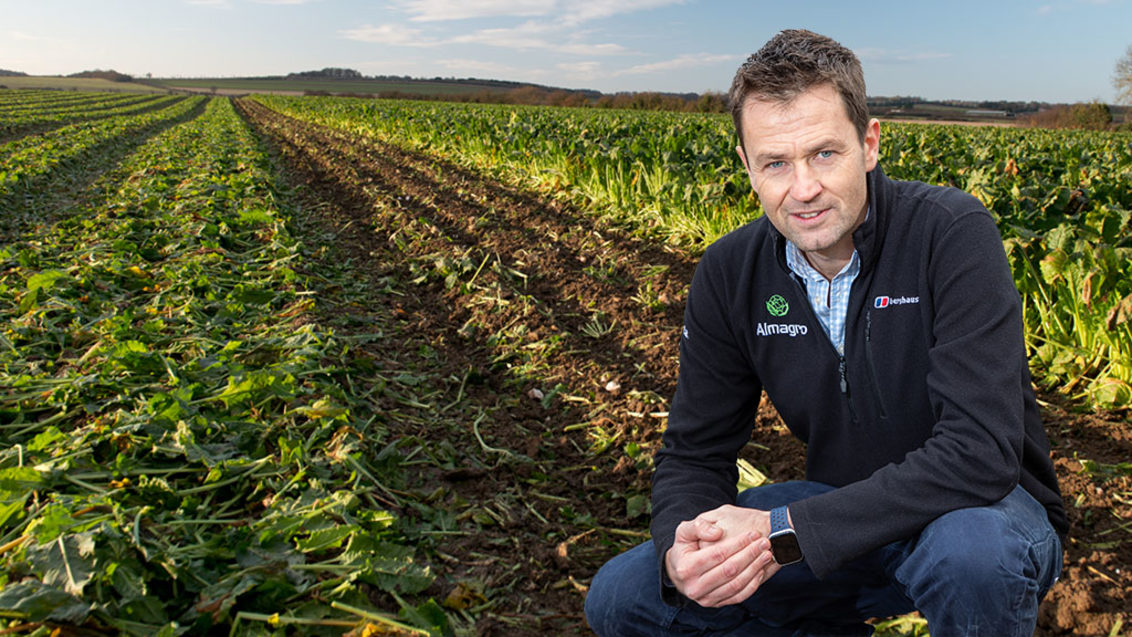
Sugar beet crops in the eastern counties have suffered a double whammy of adverse slow establishment conditions, and are now set to be hit by the early onset of heat stress events.
Weather extremes
Where planting was delayed by wet soils in early spring, crops emerged as conditions turned dry – with some areas experiencing little or no rainfall for the whole of May. That has been compounded by weeks of below average temperatures and low light levels under a blanket of cloud and cold north easterly winds.
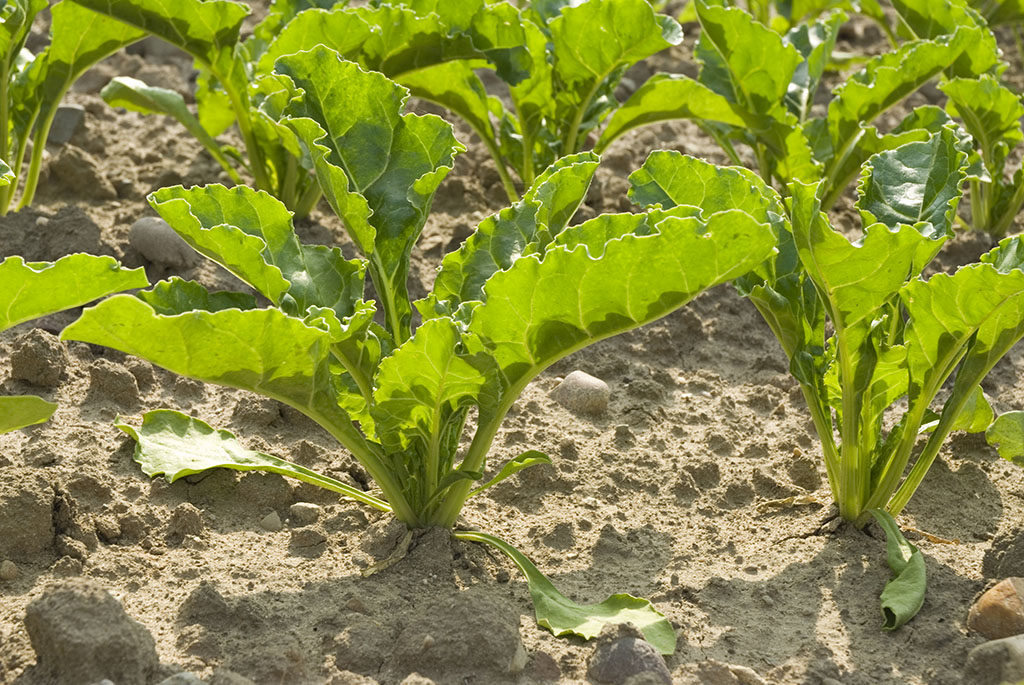
With crops slow to establish, a period of early heat stress could now compromise potential for the rest of the season, warned Syngenta Technical Manager, Andy Cunningham. “BBRO advice has highlighted keeping beet plants growing strongly right through the summer will be crucial to make up for the lost time duringthe spring.
“The challenge in the current climatic conditions will be prolonged periods of heat that stress plants and lower their potential.”
Andy reported QUANTISTM trials in Lincolnshire last year highlighted how plants affected by early heat stress failed to recover their growth potential, even after the stress effects were relieved.
Preventing heat stress
“Preventing effects of initial heat stress events showed greatest response from the Quantis treatment,” he advised. “That continued right through the growing season.”
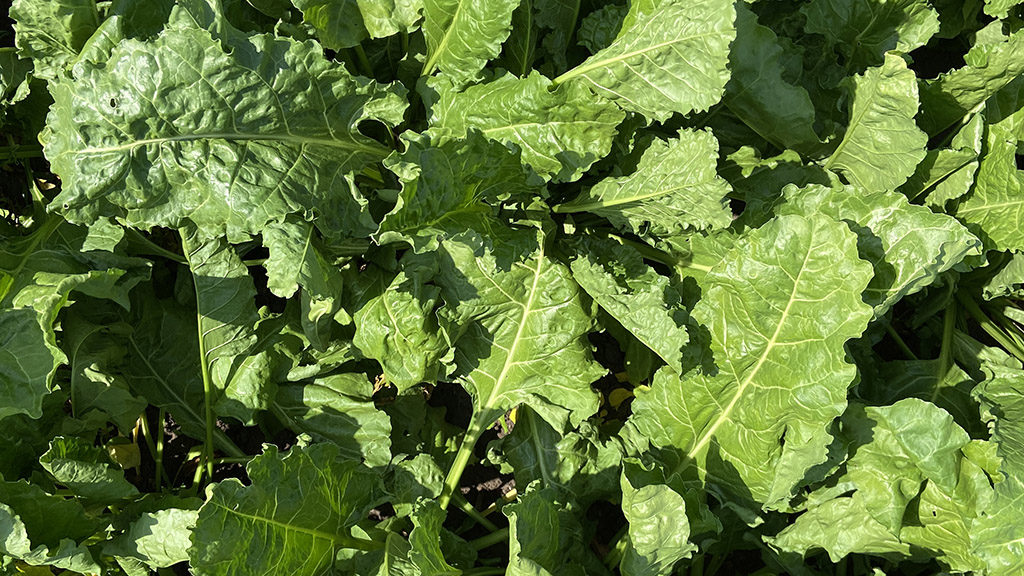
Plots left untreated through an early heat stress event responded to a later Quantis treatment ahead of a subsequent heat stress event during root bulking, but not as strongly as plants that had been protected through both heat events.
“The emphasis is on preventing the effects of early heat stress events,” Andy advocated.
“High temperatures will affect photosynthesis and potentially result in cell damage by reactive oxygen species (ROS) - so once the stress has past, the plant may not return to normal growing.
“Quantis enables sugar beet plants to carry on growing through periods of stress, and also allows plants to return to normal growing when the stress has passed.”

Syngenta research at Nottingham University, to investigate plant heat stress responses, has helped to establish recommendations for Quantis treatment. That recommends treatment when forecasts indicate three consecutive days with temperatures in excess of 25⁰C for more than four hours a day, or if the temperature exceeds 30⁰C at any point.
Heat stress alert
“If the temperatures are forecast to meet the stress parameters, we recommend an application of Quantis at 2.0 l/ha,” he advised. “Best results have consistently been achieved when Quantis is applied before the onset of heat stress - ideally one to four days prior to events, to pre-condition plants.”
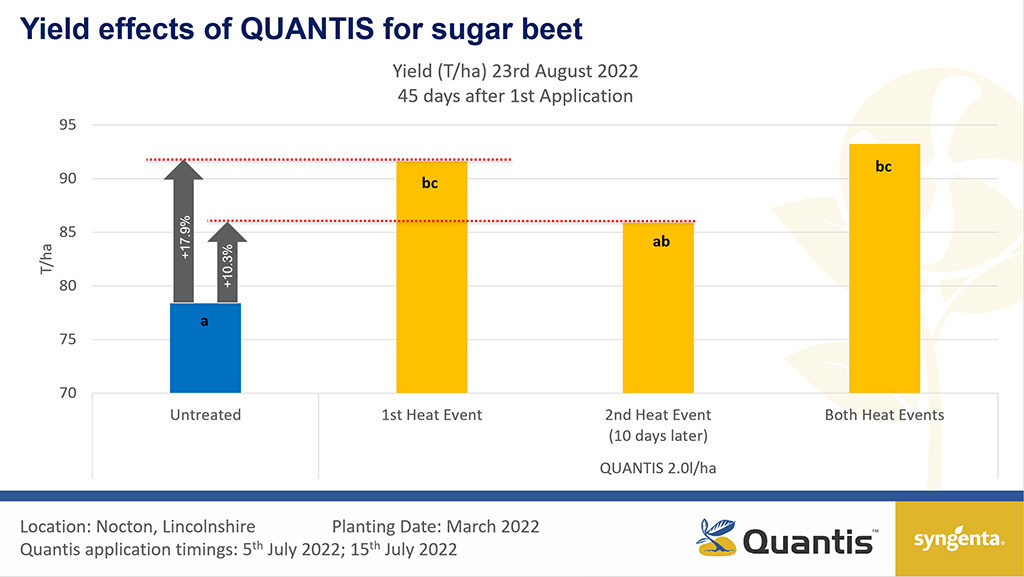
In the Lincolnshire trials, at Nocton, the crop that received a Quantis treatment ahead of an initial heat stress event delivered an 18% yield increase (91 t/ha), compared to farm standard without any Quantis of 78.4 t/ha. Plots that only received the Quantis prior to a second heat event, 10 days later, produced a 10.3% yield increase over untreated.
“The results demonstrated how plants affected by early heat stress struggle to recover to the same extent, even when they are offered protection from subsequent heat events,” Andy emphasised.
“The sequence timing in the trial also indicated that the effects of Quantis treatment at 2.0 l/ha were lasting at least 14 days in protecting against the prolonged effects of repeated heat events.”
